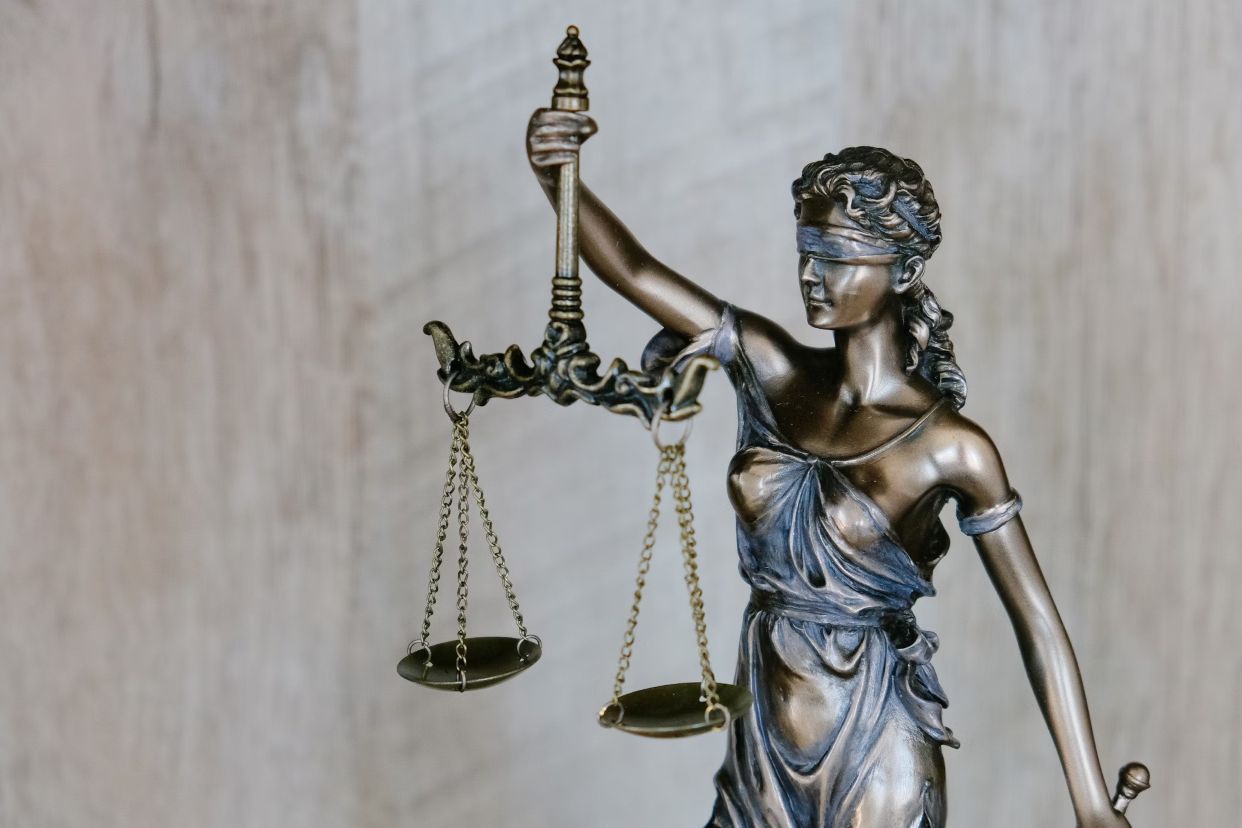
Rules of the Ontario Court - Steps of a trial
If you are charged with committing a provincial offence (POA) in Chatham-Kent, your trial will be held at the Ontario Court of Justice. If you are self-represented, be sure to review the Rules. The most important of these, as they pertain to a trial, are summarized below.
Pretrial motions
If you intend to argue a pretrial motion or application, for example a section 11(b) Charter application, on the day set for trial, ensure that you have served the motion or application materials on the prosecution and filed them with the court (along with proof of service) well in advance of the trial date.
Pretrial motions and applications are heard by the justice before you are formally arraigned.
Arraignment and election
The trial begins with the arraignment. The clerk will ask you to confirm your name. The clerk will then read the charge(s) and ask you how you plead.
Plea
You may plead guilty or not guilty.
If you plead guilty, the justice may accept the guilty plea only if the justice is satisfied that:
- You are making the plea voluntarily.
- You understand that the plea is an admission of all the elements of the offence.
- You understand the nature and consequences of the plea.
- You understand that the justice is not bound by any agreement made with the prosecutor, including on the sentence.
If the justice is not satisfied about any of the above, she or he may decide not to accept the guilty plea, in which case the trial may proceed that day (if it is a trial date), or you may have to return to court on another day for trial.
If the justice accepts your guilty plea, and finds you guilty, a conviction will be entered against you.
If you plead not guilty, or you refuse to plead, the trial will proceed.
Order excluding witnesses
At the beginning of the trial, you or the prosecution may ask the justice for an order excluding witnesses. An order excluding witnesses requires all witnesses to remain outside the courtroom until they are called to testify. This is intended to ensure that witnesses do not change their evidence based on what they hear other witnesses say in the courtroom.
You are entitled to hear all of the evidence and are not required to leave the courtroom when other witnesses testify, even if you intend to take the stand to give evidence in your defence.
Opening submissions by the prosecution
This is an overview of the allegations against you and the evidence the prosecution intends to call.
Opening submissions by the defence
An overview of the evidence to be called on behalf of the defence.
Prosecution evidence
Examination-in-chief: The prosecution calls its witnesses first. The prosecutor asks each witness questions in order to bring out evidence that supports the prosecution’s case. During examination-in-chief, it is improper to ask leading questions (that is, questions that suggest the answers).
Cross-examination: At the conclusion of the examination-in-chief of each prosecution witness, the defence is allowed to cross-examine the witness. During cross-examination, leading questions are allowed, in order to test the reliability, accuracy or truth of each prosecution witness’s evidence. Cross-examination may be used to suggest a set of facts that is different from the evidence given by a witness for the prosecution during examination-in-chief.
Re-examination: At the conclusion of cross-examination of a witness, the prosecutor may be allowed to re-examine that witness about new issues that arose during cross-examination.
Close: After the prosecution has finished calling and examining all of the witnesses for the prosecution, the prosecution’s case is closed.
Defence evidence
You are not a compellable witness. In other words, you have the right to remain silent. If you choose to give evidence in your defence, you may take the stand to give you own evidence or call other witnesses to give evidence for the defence, or both. The sequence will be the same as it was for prosecution evidence:
- Examination-in-chief of each witness for the defence by you
- Cross-examination of each witness for the defence by the prosecution
- Re-examination of each witness for the defence by you about new issues that arose during cross-examination.
Closing submissions
After all the evidence is presented, the prosecution and then you make closing submissions as to your guilt or innocence, respectively. Closing submissions must be based on evidence that the court has heard during the trial, and submissions as to law.
Judgment
Based on the evidence, the justice will find you guilty or not guilty. The justice must provide reasons for the decision based on the evidence and the law.
Sentencing
If you are found guilty, the justice will hear submissions as to sentence. A justice’s responsibilities and powers during a sentencing hearing are set out in Part IV of the Provincial Offences Act.
There is a great deal more to cover for each of these steps. There is also another set of Rules for appeals. In addition, there are Practice Directions to be aware of.
If you have been charged with a provincial offence, or you wish to appeal a conviction, a paralegal can help. Get in touch.